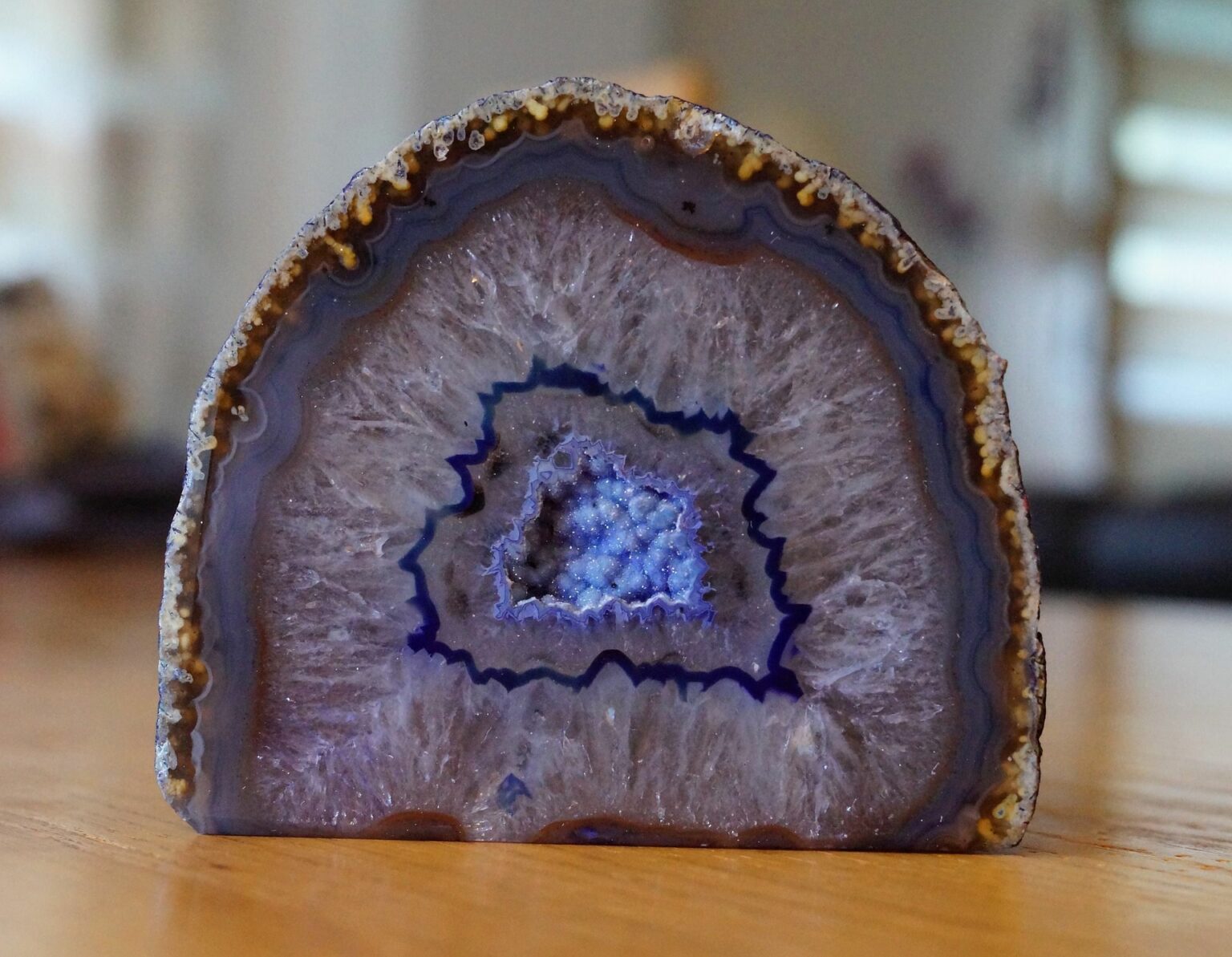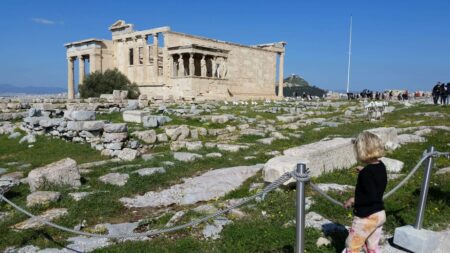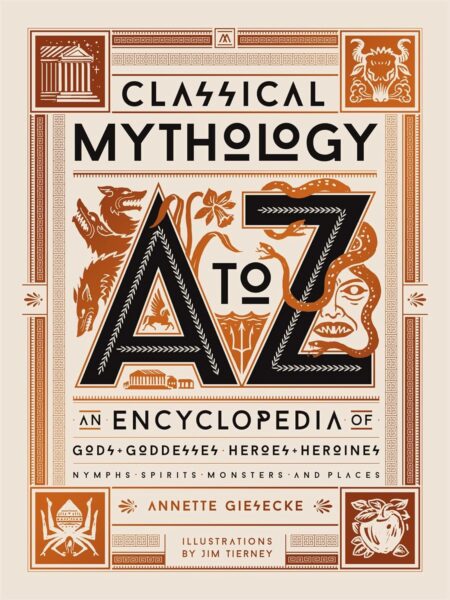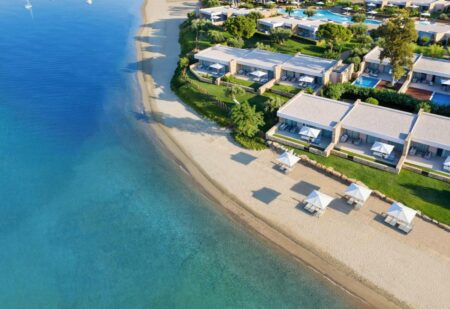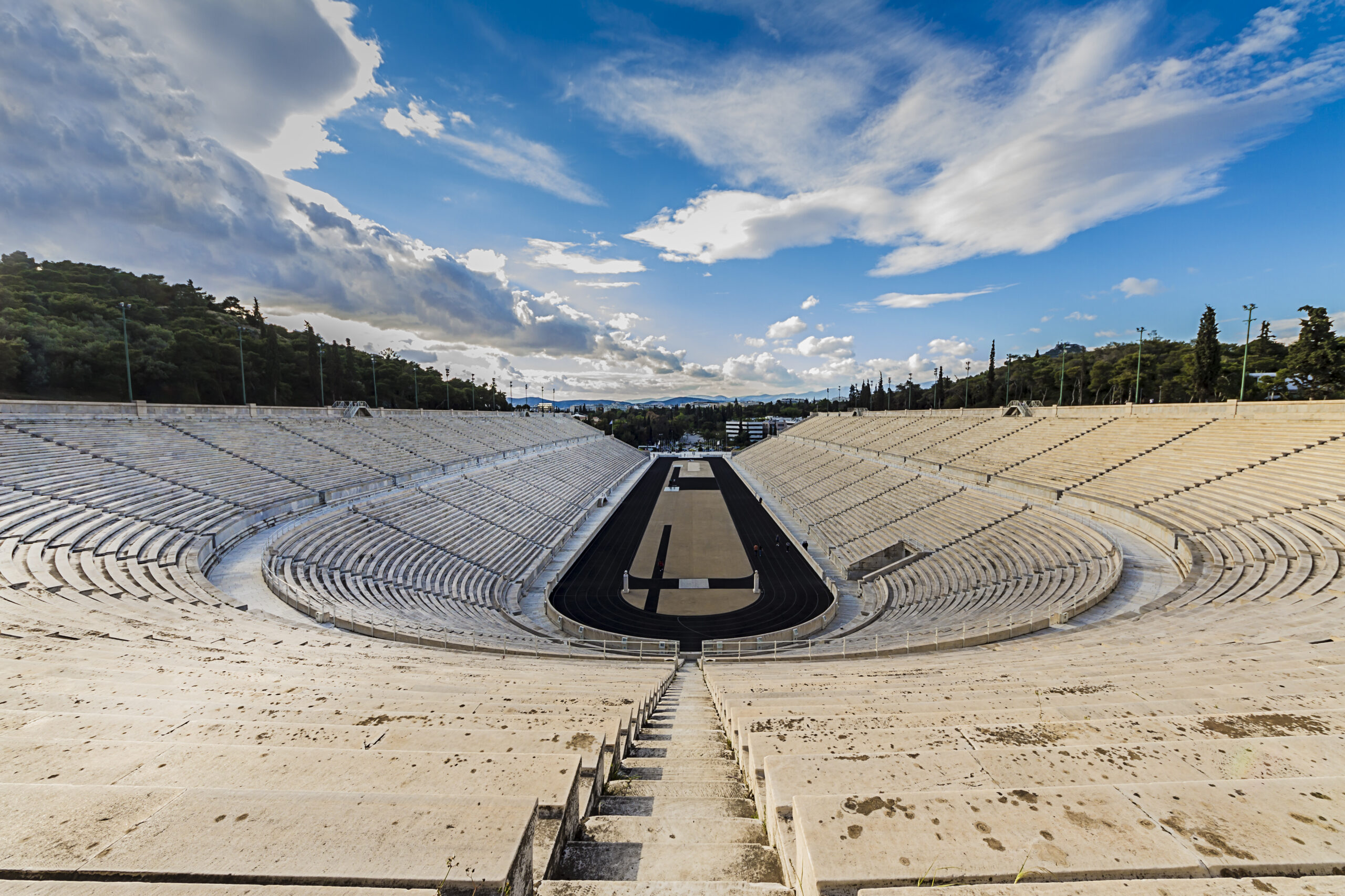I recently visited the Mineralogy and Petrology Museum in Athens and I am very enthusiastic. I have always been interested in geology and my children and I are fascinated by vulcanos and stones. What better way to teach our children about the environment, the earth and the planet that we live on by showing them a geology collection?
The Mineralogy and Petrology Museum in Athens is part of the Faculty of Geology and Geoenvironmental studies that is part of the School of Sciences of the National and Kapodistrian University of Athens. It is the oldest and biggest faculty in the country where aspects of earth sciences have been taught.
The collection of the museum is exhibited in a gallery of about 1000m2 and has the oldest rock and mineral collection in Greece, including rare specimens. The Museum today has at least 10,000 mineral samples and 15,000 samples of rocks and ores, of which about 3500 mineral and 400 rock samples are exhibited.
We arrived on a sunny Sunday morning and parked (free of charge) right outside of the museum. My first impression was that the university building and its facilities were rather old. But the collection of the museum and the kind people working at the museum made up for that immediately.


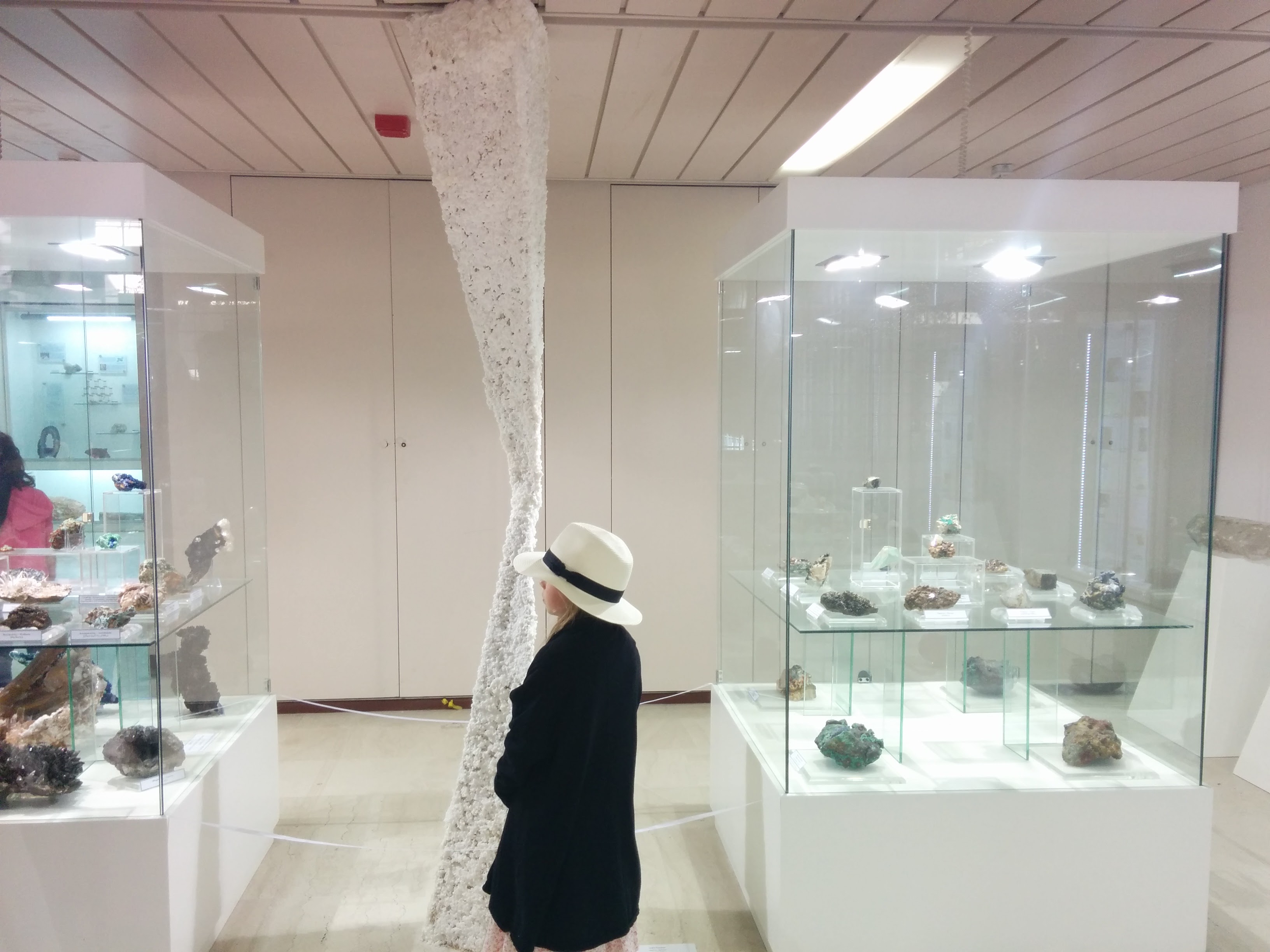
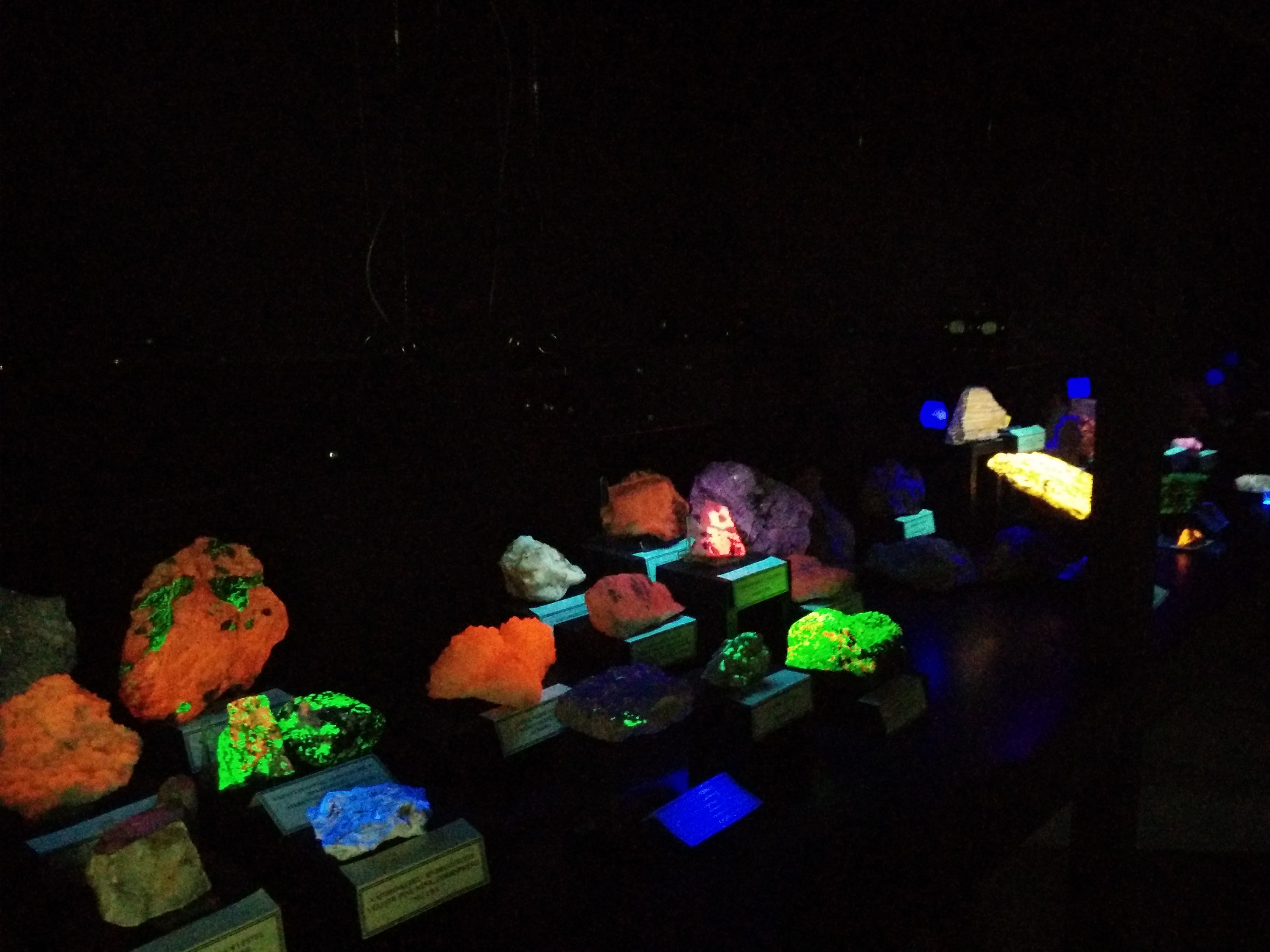
These three halls are all located on the same level and stroller friendly. The exhibits are on eye level for (young) children. The children could walk around freely.
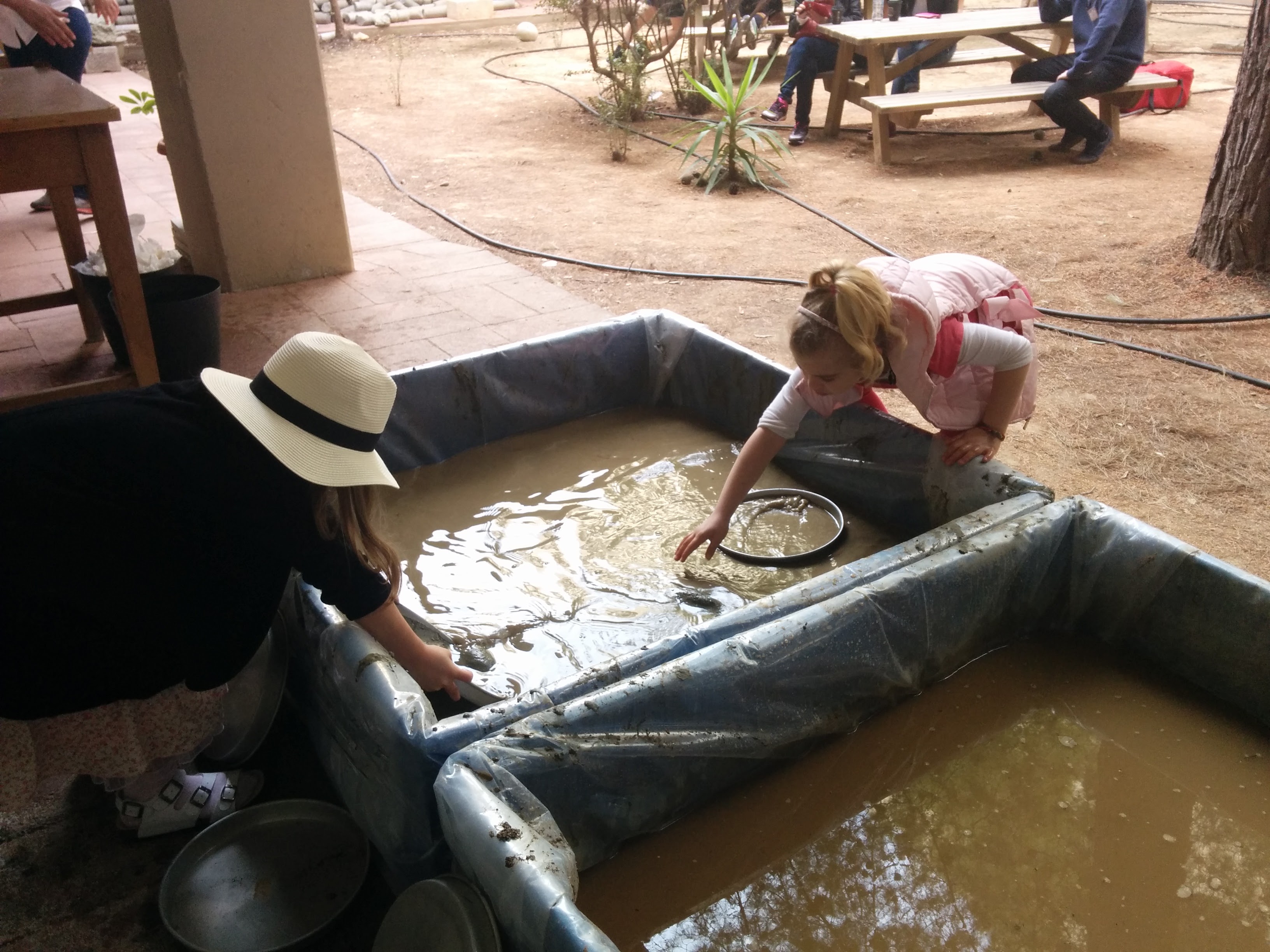
There is a little museum shop at the Mineralogy and Petrology Museum in Athens where a quality souvenir can be bought for one or two euros.
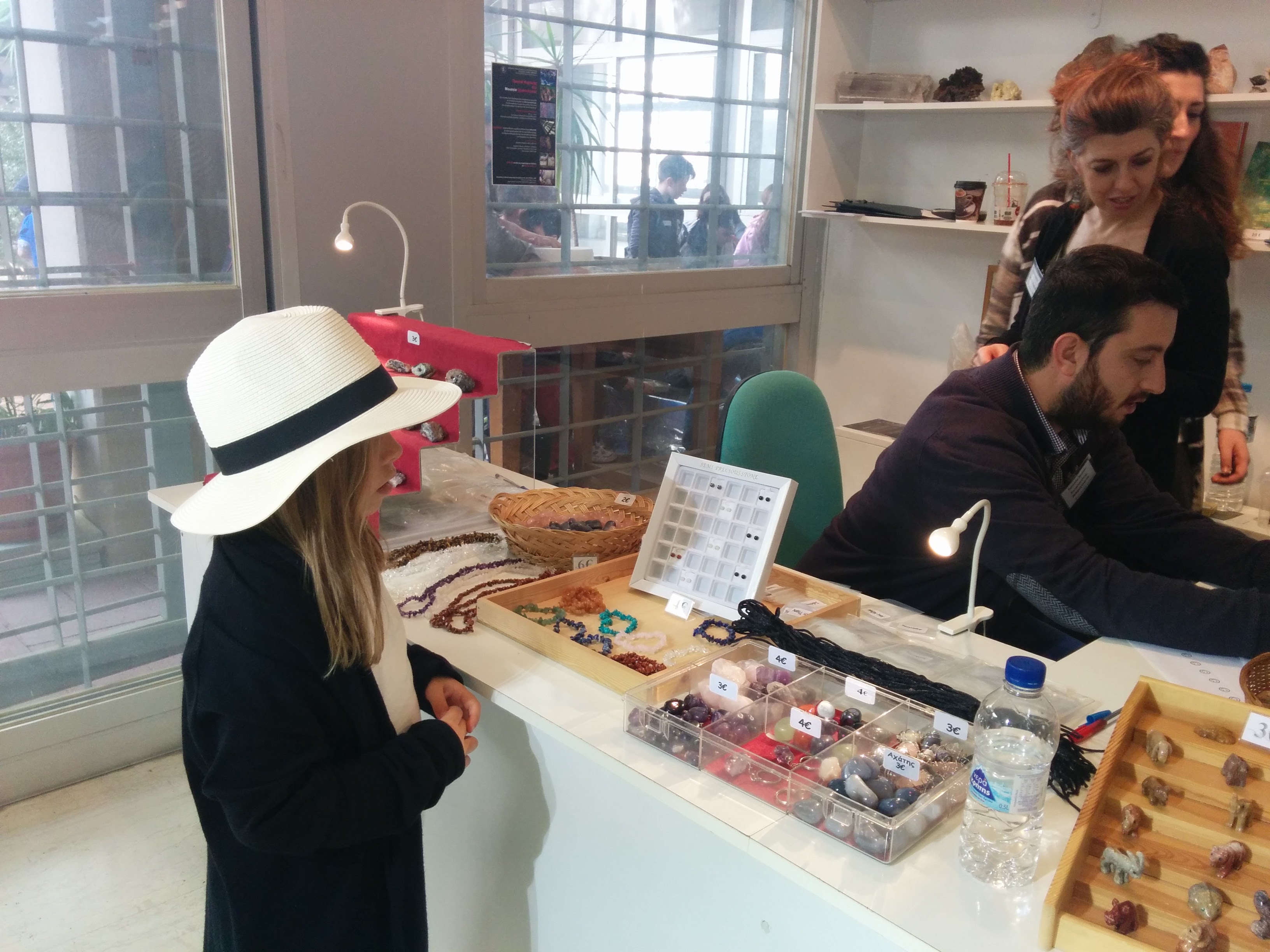
Contact
Director: Prof. A. Katerinopoulos, Tel.: +30-210-7274124,
email: akaterin@geol.uoa.gr
Address: Department of Geology and Geoenvironment, Panepistimioupoli Campus Zografou, 15784 Athens
Tel.: +30 2107274112, +30 2107274180 (museum)
Fax: +30 210 7274883
e-mail :mineralmuseum@geol.uoa.gr
Website http://museums.geol.uoa.gr/mineralogy/
Facebook: https://www.facebook.com/MineralogyAndPetrologyMuseum


